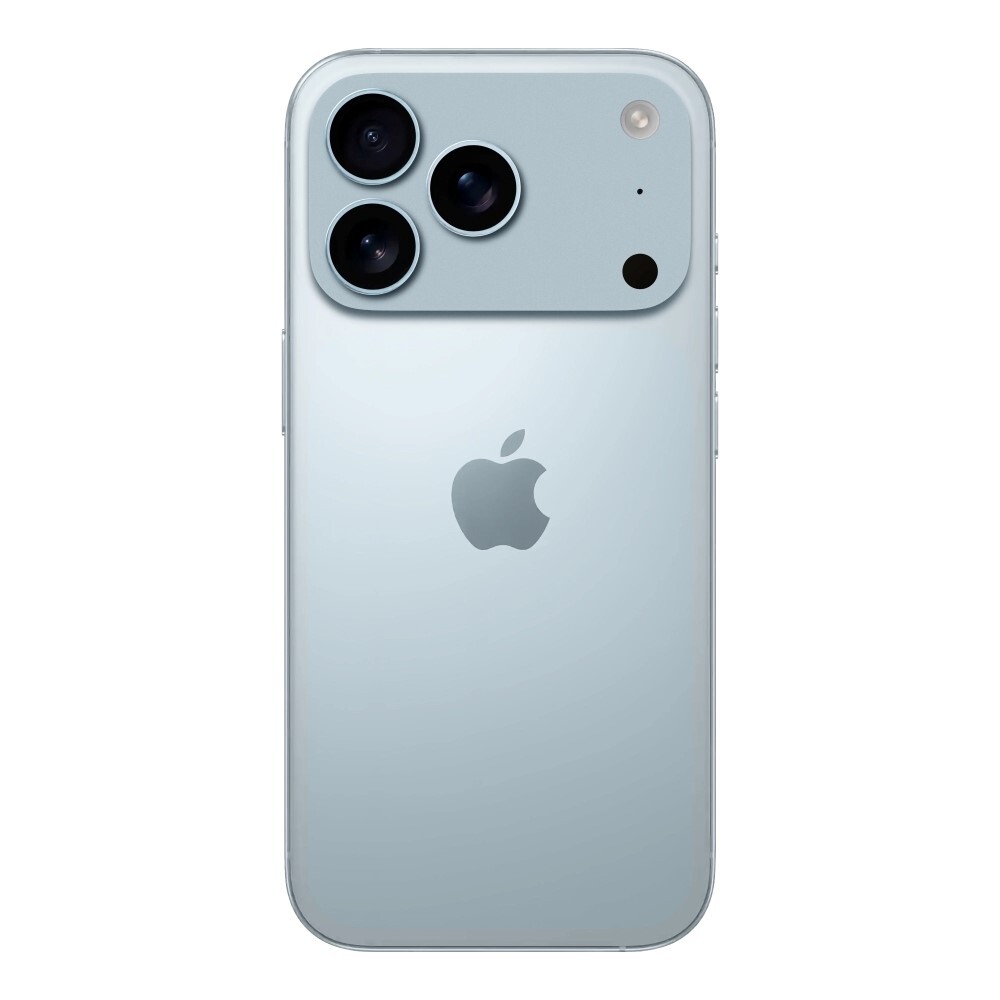

Environment over everything. Apple has made a secure transition from the use of two generations of premium titanium to aluminium for the production of its latest iPhone 17 Pro Max. Both the performance and the environmental implications are intensive, representing a strategic masterstroke reshaping the next-generation smartphone manufacturing process.

Image source: zeera wireless
Owing to Apple's commitment to achieving carbon neutrality by 2030, the transition to aluminium from titanium will have a more positive environmental impact than marginal performance. As per the report by materials science data, by incorporating aluminium, the company has reduced their carbon footprint by 67 per cent if compared with production using titanium.
Irrespective of titanium providing a 6:1 strength-to-weight ratio and aluminium only providing 4:1, the recyclability of the later material is much higher. Additionally, aluminium's 237 W/m·K thermal conductivity surpasses glass's 0.6 W/m·K enabling a natural heat sink in the upper section of the device as the camera and the processor generates the majority of heat.
Apple is aiming to achieve sustained performance for the iPhone 17 Pro Max by incorporating aluminium frames for superior heat dissipation, which is deemed vital for Pro models—especially when conducting intensive tasks.
Although it is rumoured that the iPhone 17 Air constitutes partial titanium which is made to target premium aspirational buyers but iPhone 17 Pro Max is aimed to position the company as an environmentally conscious flagship. Apart from this, aluminium reduces the weight of the smartphone by 10-15 grams, supporting bigger battery sizes and urbane camera systems.
This shift to aluminium from titanium by the company shall instigate all the players to adopt sustainable materials. However, this shall not be the case for the android makers because they make use of recycled aluminium alloys along with hybrid material designs within 18 months.
The design philosophy of the iPhone 17 Pro Max indicates that Apple is placing greater emphasis on long-term sustainability rather than short-term performance gains. This renewed focus on aluminium, along with better thermal management, positions the device as a forward-looking investment instead of merely another yearly update.
True innovation stems not from the use of rare materials, but from the smart combination of established technologies to maximise both environmental and performance benefits.
Responses








